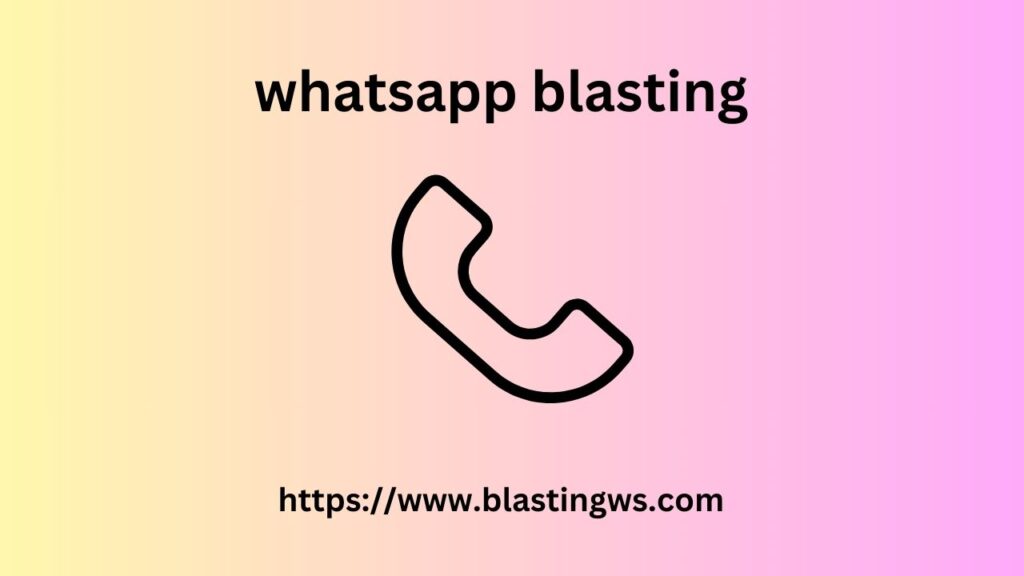A major part of this is figuring out who will buy your product. Even people who seem like a good fit may not be interested, or may not be in a position to make any purchases when you meet them.
But what if there was a way to market specifically to those people who have proven to you that they are willing and able to buy your product?
This is where a strong re-engagement strategy shines.
By emphasizing the importance of nurturing whatsapp blasting leads who are already paying customers, you can ensure that you are speaking to an interested audience. This helps you increase sales, boost engagement, and improve customer lifetime value.
In this guide, we’ll show you how to create the perfect re-engagement strategy.
Part 1: Planning your strategy
Implementing a new cutting-edge strategy should always start with brainstorming and careful planning. This allows you to make sure you’re heading in the right direction and that you’ve planned for every eventuality. It also helps you be prepared when things don’t go as expected.
The following two questions will guide your planning for improved reengagement programs.
What do you want to achieve?
When defining your goals, be as clear as possible. Ideally, you should use an established model such as the SMART goal framework to ensure that the re-engagement strategy you develop is set for success.
Maybe you are looking forIncrease your sales sustainably, and you know that re-engagement is key to achieving this goal. Or, maybe your goal is to increase customer lifetime value and ensure that everyone you consider a customer or client brings amazing value to your company.
Whatever the case, you should always align your re-engagement strategy closely with your goals to make it as powerful as possible.
Who are your target groups?
A major part of developing the best re-engagement strategy is understanding who you’re marketing to and then adjusting your plan accordingly.
For example, let’s say you have how can messenger chatbot help with inbound marketing strategy? a conversational AI product for sales teams, and you want to take it to customers. You won’t reach out to customers who are not part of the sales team, because they don’t fall into your target demographic. On the other hand, you will emphasize the benefits your AI provides to customers who are sales representatives, because they do fall into that category and are more inclined to interact with such products.
Part 2: The Power of Re-Engagement Emails
Even though email has been around for decades, it’s still a very popular marketing tool today. In fact, for most people, email is the first thing they check every day:
This tells us that email has tremendous power when it comes to reaching your customers and keeping them coming back. But how do you harness that power and use it to your advantage?
The following types of emails are particularly effective in this regard. They will help you improve your re-engagement strategy and attract customers to buy an item again and again.
Birthday Email
To re-engage your customers, you need to remind them that you care about them. This lets them know that you value them as unique individuals and that you are contacting them not just out of obligation, but because you sincerely want to build a better connection.
That’s why birthday emails are so great.
They let you celebrate with your customers, which necessarily entails giving them personal recognition and making them feel noticed. Birthday emails are also a great opportunity to offer customers a unique discount or referral code, which can motivate them to treat themselves.
Promotional Emails
From limited time discounts toOnline Giveaways, promotional emails are a very useful tool to re-engage your customers.
These emails make customers feel like they’re crawler data getting a good deal when they shop with you. They also remind customers why they gave you their email address and/or agreed to be added to your email list, ensuring they see the value of your company.
Plus, if they’re extremely happy after using a promo code from one of your emails, they’re more likely to reengage again later after your initial re-engagement campaign. That means better lifetime value.
Email Newsletter
Part of the magicEmail MarketingWhen you do it right, it won’t even feel like marketing half the time. For example, when your customers read your email newsletter, they should feel like they learned something new, not that they clicked an ad.
At the same time, your newsletter should get existing customers excited about current or upcoming products.
Your newsletter is the perfect space to explore the benefits of your product in a non-hard-sell way. This means showing what your new product or service can do without turning it into a sales pitch – you explain, not advertise.
Part 3: The Potential of Social Media
Well-crafted emails and engaging subject lines are only part of a great re-engagement strategy. You should always be looking to grow your business and connect with your customers across platforms, including social media.
To put the massive potential of social media sites into perspective, there are currently nearly 500 million users on social media platforms.

